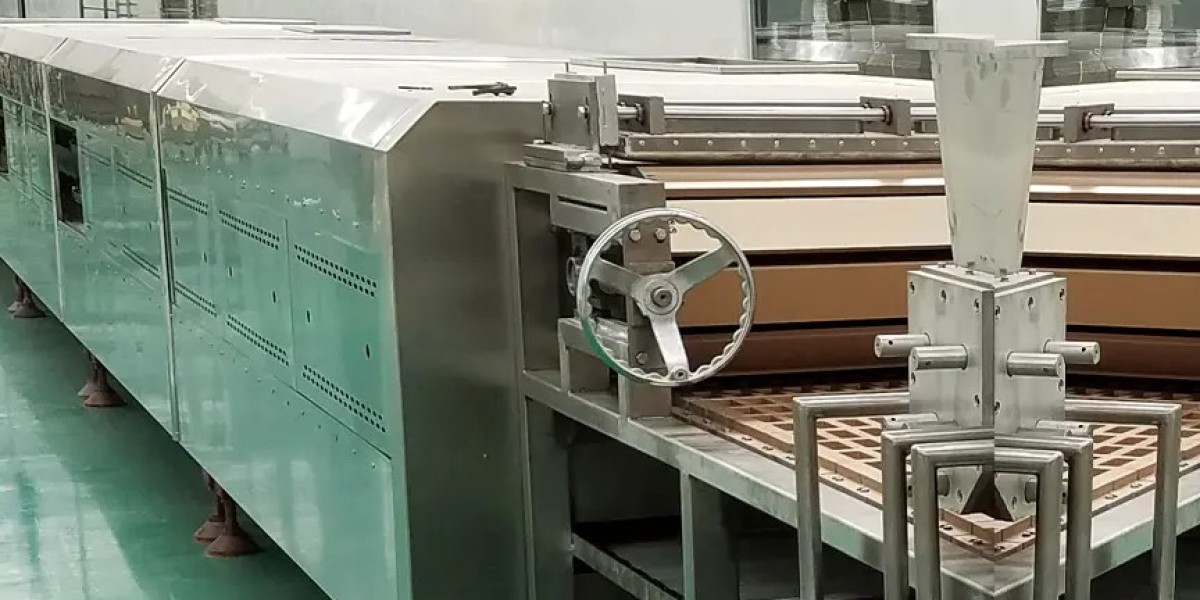The food processing industry is rapidly evolving, and 2025 marks a turning point in how machines are designed and integrated into modern production lines. A new generation of food machine technology is emerging—one that focuses on automation, flexibility, and sustainability. These advances are redefining how food is produced, packaged, and delivered to global markets.
As demand grows for efficiency, customization, and hygiene, manufacturers are investing in smarter, more adaptive systems. The latest machines not only improve production speed but also address energy use, safety standards, and user experience like never before.
Smart Integration with IoT and AI
One of the most notable shifts in food machinery this year is the widespread application of IoT (Internet of Things) and AI (Artificial Intelligence). Today’s machines are no longer isolated units—they’re connected, self-monitoring systems that provide real-time data on performance, maintenance needs, and ingredient tracking.
For example, a smart depositor or filling machine can detect inconsistencies in viscosity or weight, then auto-correct its settings without manual input. This reduces waste, ensures consistent quality, and improves uptime. Meanwhile, AI-powered interfaces are simplifying machine learning for operators, allowing even non-technical staff to monitor and adjust production settings easily.
Data integration is also enhancing traceability, which is critical for food safety compliance. Machine logs can now be synced with ERP systems, giving companies greater control over batch records, ingredient origins, and quality assurance.
Modular and Flexible Configurations
Another major innovation is modular machine architecture. Food producers increasingly need equipment that can handle varied products and packaging types. In response, 2025’s designs emphasize flexibility—allowing manufacturers to quickly swap out forming heads, conveyor modules, or sealing systems without extensive reconfiguration.
This is especially beneficial for small to mid-size producers who want to scale gradually or adapt to seasonal products. A modular line can be expanded or updated in phases, reducing both initial investment and future downtime.
Additionally, hygienic design continues to be a priority. New equipment now features smoother welds, tool-free disassembly, and easy-access surfaces to meet stricter sanitation standards. These improvements reduce cleaning times and the risk of contamination.
Energy Efficiency and Sustainable Design
Environmental concerns are pushing the food equipment sector to design smarter power systems and greener materials. In 2025, many machines are now equipped with energy-saving motors, intelligent heating controls, and minimal-waste packaging capabilities.
Some models can automatically switch to energy-saving modes during idle times or adjust water and air flow based on load requirements. Others incorporate recycled components or biodegradable packaging compatibility, allowing producers to align with sustainability goals without compromising output.
For companies looking to stay ahead of these trends, working with a supplier that embraces innovation is key. To explore next-generation food processing solutions tailored to modern industry demands, visit https://www.hg-machine.com/ .







